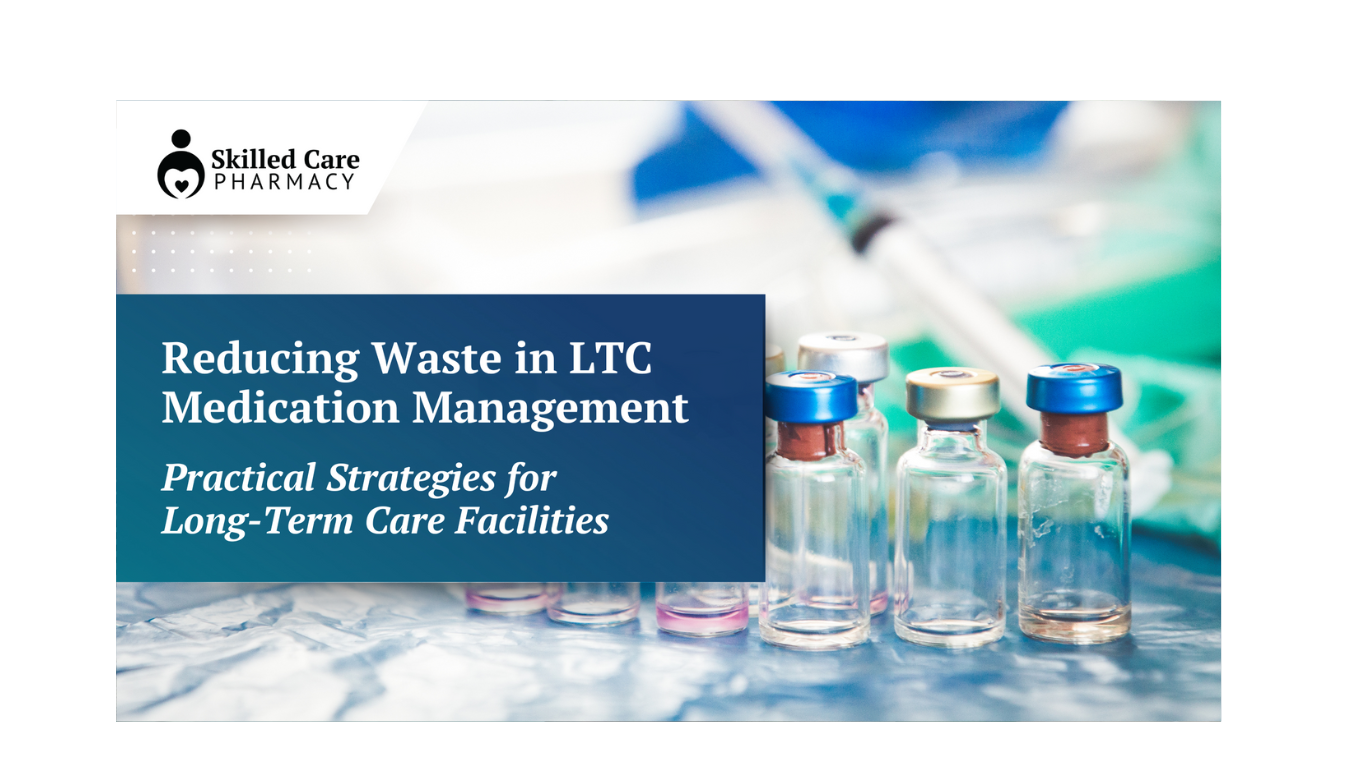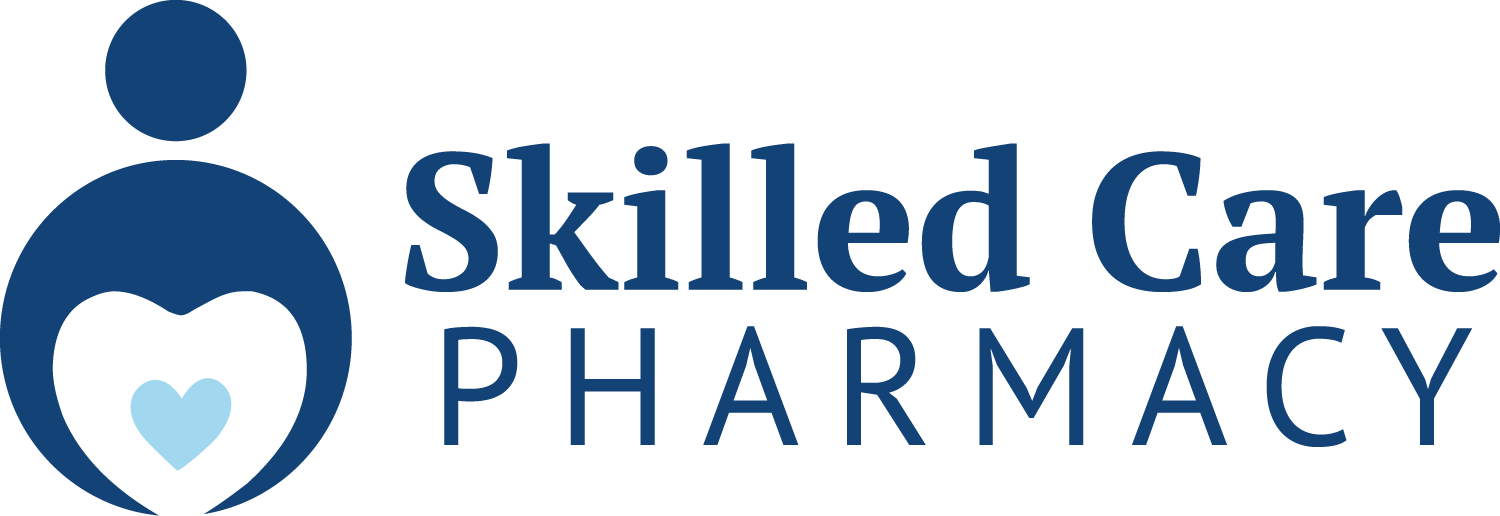In the ever-evolving landscape of long-term care, providing high-quality resident care while managing costs is a constant balancing act. With rising operational expenses and increasing regulatory demands, finding effective cost control strategies is essential for financial sustainability and continued success.
This blog post explores practical and innovative approaches that long-term care facilities can implement to optimize their budgets without compromising the quality of care provided to their residents.

1. Medication Management: A Prime Target for Cost Savings
- Partner with a Specialized Pharmacy:
Collaborating with a long-term care pharmacy like Skilled Care Pharmacy can unlock significant cost savings through:
- Medication Procurement: Leveraging their purchasing power and expertise in negotiating drug prices.
- Generic Substitution: Maximizing the use of cost-effective generic medications whenever possible.
- Medication Waste Reduction: Implementing strategies such as unit-dose dispensing, accurate medication reconciliation, and regular medication reviews to minimize waste.
- Fact: Medication waste in long-term care facilities can cost an estimated $2 billion annually.¹
- Optimize Medication Therapy: Conduct regular medication reviews to identify and discontinue unnecessary or duplicative therapies, ensuring that residents receive only the medications they truly need.
- Fact: Studies show that medication reviews can reduce the number of medications prescribed to residents by an average of 1.5 medications per resident.²
- Implement eMAR Systems:
Electronic medication administration records (eMAR) can improve accuracy, reduce errors, and streamline workflows, leading to cost savings through improved efficiency and reduced waste.
- Fact: eMAR implementation has been shown to decrease medication errors by up to 80% in some long-term care settings.³
2. Staffing and Operations: Maximizing Efficiency
- Optimize Staffing Levels: Analyze staffing patterns and resident needs to ensure appropriate staffing levels that meet regulatory requirements while minimizing unnecessary overtime costs.
- Tip: Implement flexible scheduling options and cross-training programs to maximize staff utilization and reduce reliance on agency staffing.
- Invest in Staff Training:
Well-trained staff are more efficient and less prone to errors, reducing the risk of costly incidents and improving resident outcomes.
- Fact: Investing in staff training can lead to a 10% reduction in staff turnover and a 5% improvement in resident satisfaction.⁴
- Streamline Administrative Processes:
Identify and eliminate redundant or inefficient administrative tasks, leveraging technology to automate processes and improve workflow efficiency.
- Tip: Explore cloud-based solutions for electronic health records, billing, and communication to reduce paperwork and streamline operations.
3. Resource Utilization: Making the Most of What You Have
- Preventative Maintenance:
Implement a proactive maintenance program for equipment and facilities to prevent costly repairs and replacements.
- Fact: Preventative maintenance can reduce equipment downtime by up to 50% and extend the lifespan of equipment by 20%.⁵
- Energy Efficiency:
Implement energy-saving measures such as upgrading to energy-efficient lighting, optimizing heating and cooling systems, and promoting water conservation.
- Tip: Conduct an energy audit to identify areas for improvement and potential cost savings.
- Negotiate Contracts:
Regularly review and renegotiate contracts with vendors and suppliers to ensure competitive pricing and favorable terms.
- Tip: Consider group purchasing organizations (GPOs) to leverage collective bargaining power and secure better pricing on supplies and services.
4. Embrace Innovation and Technology
- Telehealth: Utilize telehealth technology to expand access to specialized care, reduce transportation costs, and minimize disruptions to resident routines.
- Fact: Telehealth has been shown to reduce hospital readmissions by up to 20% in long-term care.⁶
- Remote Monitoring:
Implement remote monitoring systems to track resident health data, identify potential issues early, and prevent costly hospitalizations.
- Tip: Explore wearable devices and sensor technology to monitor vital signs, activity levels, and other health indicators.
- Data Analytics:
Utilize data analytics to identify trends, optimize resource allocation, and make informed decisions that improve efficiency and reduce costs.
- Fact: Data-driven decision-making can lead to a 10% reduction in operational costs and a 5% improvement in resident outcomes.⁷
Skilled Care Pharmacy: Your Partner in Cost Control
At Skilled Care Pharmacy, we understand the financial pressures faced by long-term care facilities. We're committed to providing cost-effective solutions that enhance resident care and optimize your budget. Our expert team can help you implement these strategies and navigate the complexities of medication management, ensuring financial sustainability and continued success.
Ready to take control of your costs without compromising care?
Contact Skilled Care Pharmacy today to learn more about our services and how we can partner with you to achieve your financial goals.




